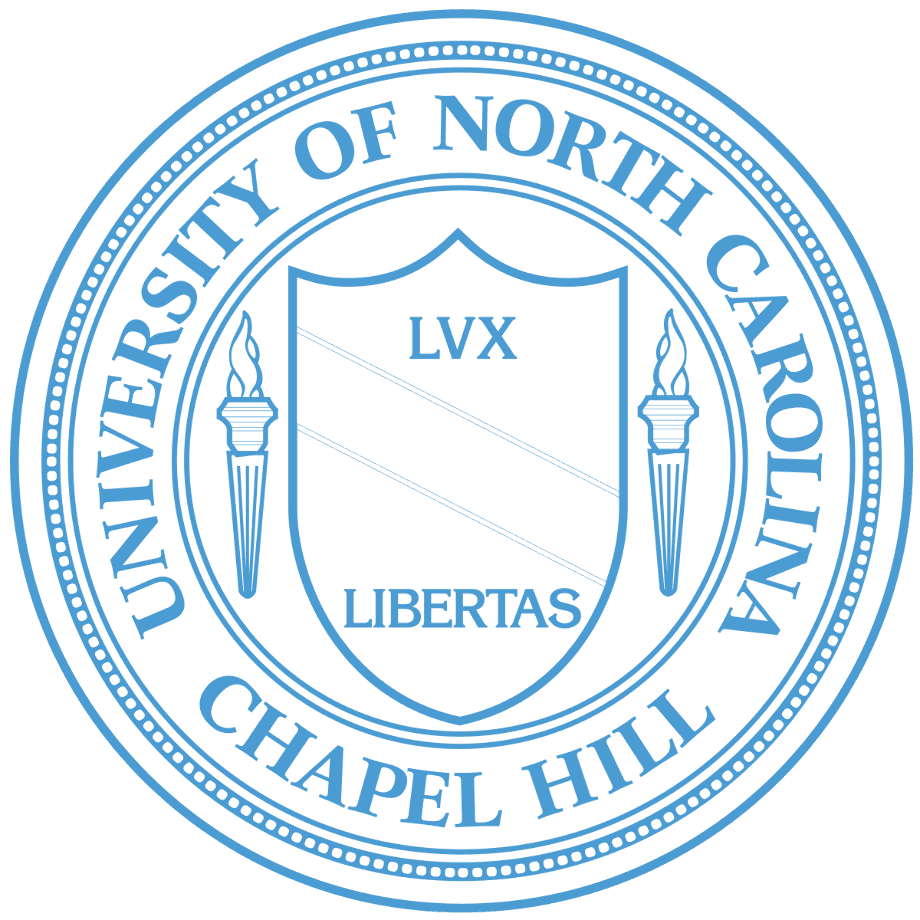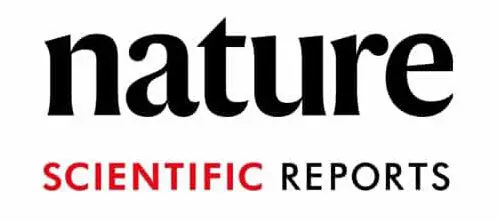
Timeframe: 2015 – 2017
Goal: Validating the RNA signature, expression and function in FLC
Principal Investigator: Praveen Sethupathy, PhD
Study overview: In past work at UNC, a survey of numerous drugs under consideration for FLC use proved non-effective or minimally effective in limiting the growth of the first FLC tumor model. This indicated that completely new strategies are likely to be required to identify effective future therapies for FLC. Consequently, the team sought to define the unique molecular landscape of FLC by analyzing the Cancer Genome Atlas (TCGA) database, a large and growing repository of diverse kinds of data on tumor and matched normal samples across different tumor types. In that data, they identified five genes (PCSK1, CA12, NOVA1, SLC16A14, and TNRC6C), the DNAJB1- PRKACA fusion transcript, and microRNA-10b as the most compelling tissue biomarkers and candidate drivers of FLC tumor progression.
Building on that initial work, this study was focused on:
- validating the RNA signature of FLC In an independent set of FLC, HCC, and CCA samples;
- evaluating the expression and function of these RNAs in a UNC-created FLC model; and
- identifying candidate therapeutic targets of FLC for future clinical development.
Results: This study made substantive progress on several fronts, including:
- Identification of a unique gene (n=16) and ncRNA (n=4) signature of FLC. The key findings of the study were four- fold:
- The team identified FLC samples within TCGA that were mis-annotated as HCC. Since FLC is a rare liver cancer, each novel cohort provides additional samples for genomic analyses.
- They compared the expression profile of FLCs with that of ~25 different tumor types within TCGA, the first such pan-cancer comparative analysis to be performed in FLC.
- The study showed that long, intergenic non-coding RNAs (lincRNAs) could stratify FLCs from other liver cancers. They identified four lincRNAs that are uniquely elevated in FLC tumors compared to other liver and non-liver cancers.
- The effort demonstrated that expression of CA12 correlates with tumor metastasis, consistent with previously known functions of CA12. This was validated via immunohistochemistry staining in over twenty patient samples.
- Functional studies of candidate FLC oncogenes in tumor spheroids. DNAJB1- PRKACA, as well as each of the 20 genes and lincRNAs that were identified as comprising the FLC signature (see above), represent compelling candidates for functional studies. Of those, the team selected three molecules, DNAJB1-PRKACA, CA12, LINC00313, to evaluate as regulators of FLC tumor phenotypes using a newly developed and characterized patient-derived xenograft (PDX) model. The team planned continued work on the design and implementation of functional studies to determine whether LINC00313, CA12, and/or DNAJB1-PRKACA loss-of-function influences cellular apoptosis/survival, proliferation, invasive potential, and/or expression of FLC cancer stem cell markers.
- Characterization of FLC exosome small RNA profiles. It has recently been reported that small RNAs, such as microRNAs, in exosomes secreted by tumor cells may be involved in driving tumor development and/or metastasis. The team isolated exosomes from the media of FLC spheroid culture and were able to detect RNA content for small RNA sequencing and analysis.

These results were published in Nature’s Scientific Reports in March 2017 in an article entitled “Comprehensive analysis of The Cancer Genome Atlas reveals a unique gene and non-coding RNA signature of fibrolamellar carcinoma”. The full text of that article can be read here.
Implications: This effort made substantial progress on their goals to characterize a unique molecular signature of FLC and to begin functional evaluation of potential FLC oncogenes using a recently established PDX model. In follow-on work, they planned to focus on continuing the functional studies using asLNAs, as well as on the characterization of FLC exosomal content, with an emphasis on microRNAs.
Note: Information about the PDX model referred to above was published in Nature Communications in their October 2015 publication. The full text of that paper can be read here.
